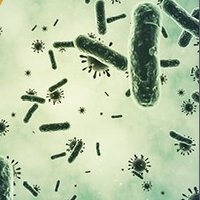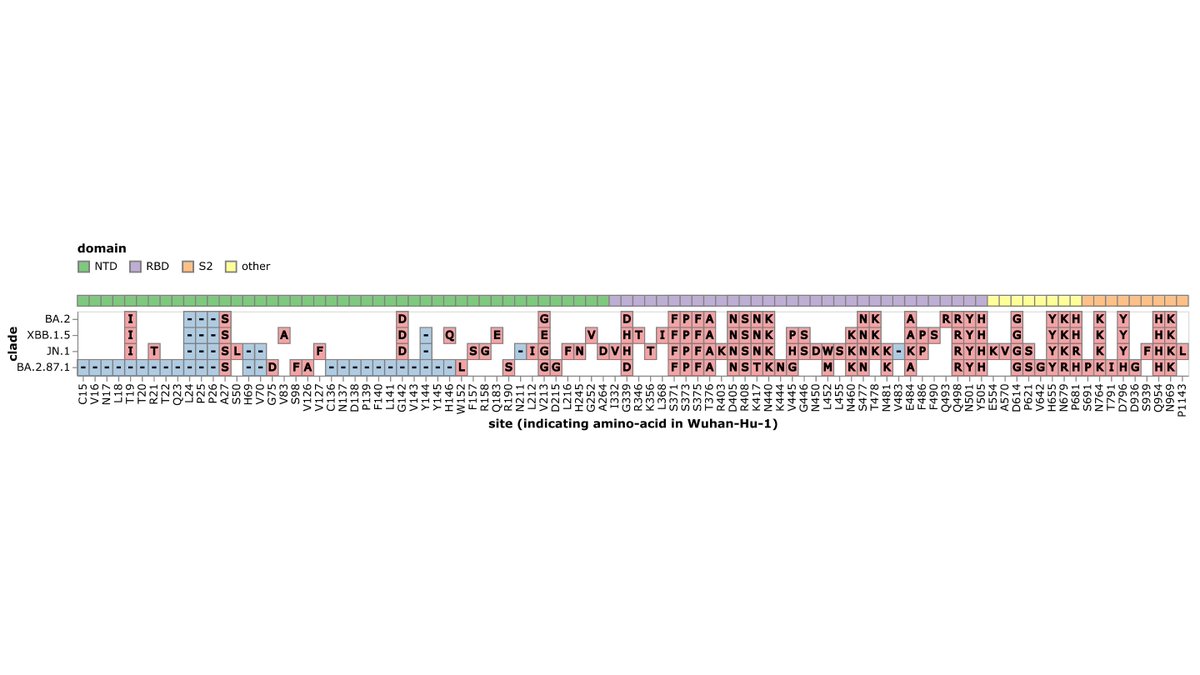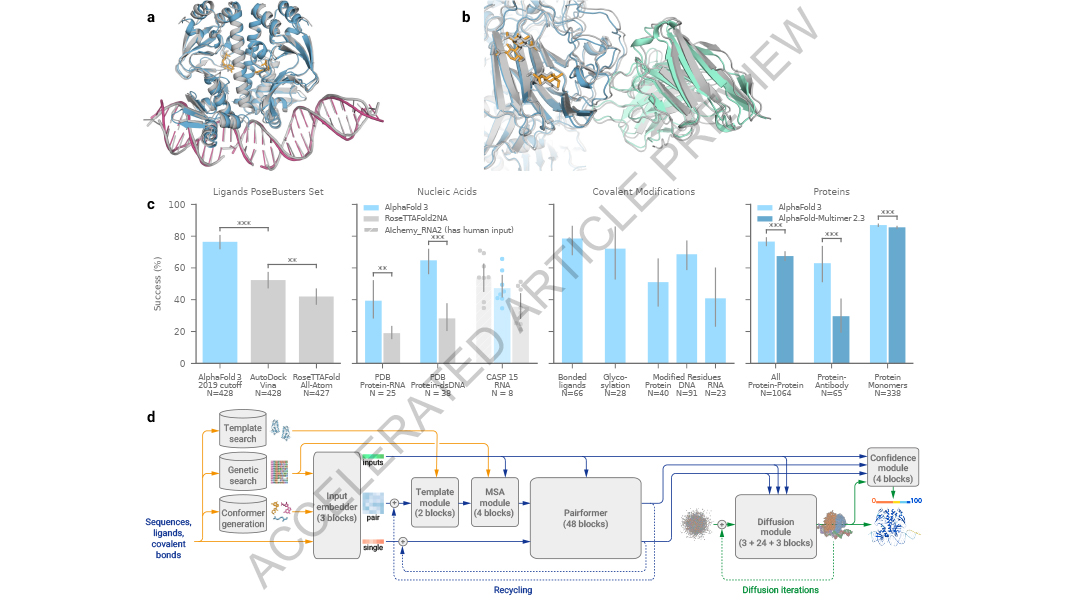
Daniel Rawle
@daniel_rawle
Virologist, QIMR Berghofer, Brisbane, Australia. Views are mine alone.
ID: 967287005066362880
24-02-2018 06:36:08
643 Tweet
297 Followers
291 Following




SARS-CoV-2 evolved variants optimize binding to cellular glycocalyx - check out the research by Ronit Freeman, Rommie Amaro & others in Cell Reports Physical Science #BPS2024 hubs.li/Q02kvzwv0

This is a very nasty virus to acquire! Dr Cameron Webb (Dr Cameron Webb) is this also heading to NSW? abc.net.au/news/2024-02-1… via ABC Australia

Characteristics of #SARSCoV2 BA.2.86 · BA.2.86 is more transmissible than EG.5.1. · Although BA.2.86 spike has higher ACE2 affinity, it is less fusogenic & replicative than EG.5.1 spike. · BA.2.86 is less pathogenic than EG.5.1 & BA.2 The Sato Lab (Kei Sato) cell.com/cell-host-micr…




What happens when a group of QIMR Berghofer Medical Research Institute virologists and entomologists write a Nature Rev Immunol review article on #arboviruses? Find out below 🦟 nature.com/articles/s4157…


📢 World Health Organization (WHO) Global #arbovirus initiative (GLAI): preparing for the next #pandemic by tackling #mosquito-borne #viruses with #epidemic and pandemic potential🦟. GLAI and its 6 constituent pillars are consolidated in this reference document➡️ who.int/publications/i…


Excited to share our latest pre-print describing the beautiful work of PhD student Mikaela Bell on the insect-specific alphavirus, Yada Yada virus. Mikaela successfully brought the virus to “life” for the first time using RNA fragments from mosquitoes. researchsquare.com/article/rs-445…



New review out from our lab looking at the state of vaccine development for flaviviruses. The field still faces challenges developing these vaccines, and so is it time to look at different approaches? Read about it below. mdpi.com/2076-393X/12/8… Vaccines MDPI




We are hiring! 2 #postdoc #positions in advanced infection models and in data-driven #virology tba on Sept 4th at tinyurl.com/2bdvs7yk Join an enthusiastic and international team of virologists Medizinische Uni in beautiful Tyrol. Join the club of those who #lovevirology


